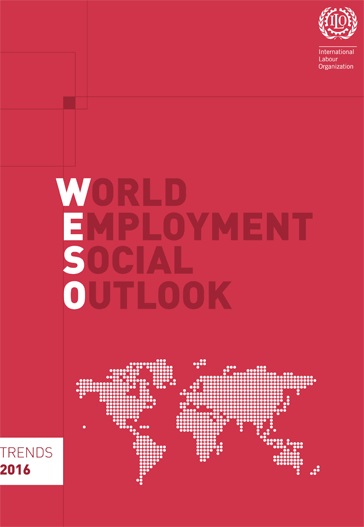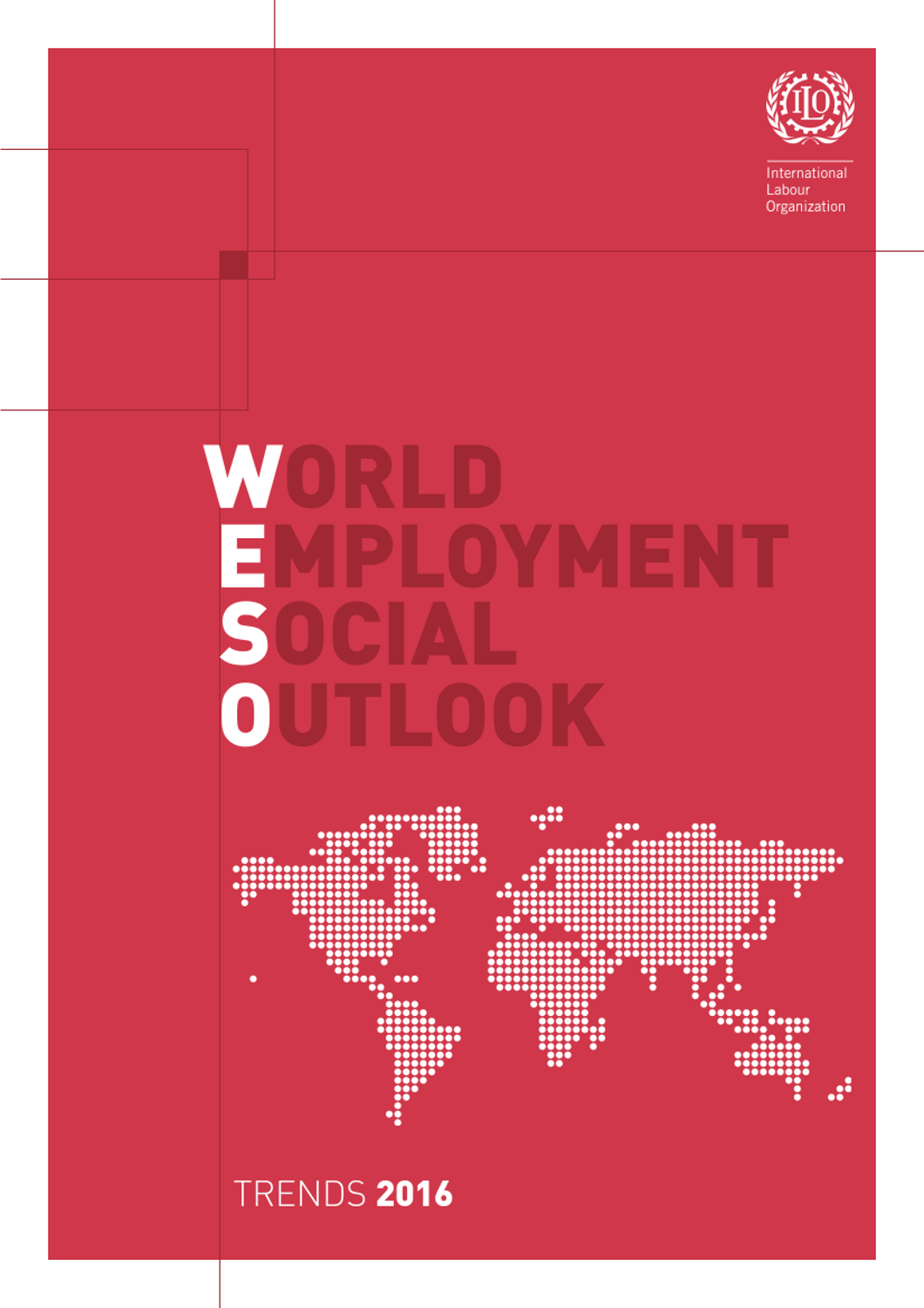
연구보고서
World employment and social outlook: Trends 2016
- 청구기호
- Report 2016-01
- 발행사항
- Geneva : ILO, 2016
- 형태사항
- 92 p :. PDF file ;. 3,967 KB
- 서지주기
- Includes bibliographical references
- ISBN
- 9789221296324
- 키워드
- Employment, Unemployment, Labour policy, Economic recovery, Regional development, Africa, Asia, Caribbean, Central Asia, Europe, EU countries, Latin America, Middle East, North America, Pacific
- 바로가기
소장정보
| 위치 | 등록번호 | 청구기호 / 출력 | 상태 | 반납예정일 |
|---|---|---|---|---|
이용 가능 (1) | ||||
| E0002460 | 대출가능 | - | ||
이용 가능 (1)
- 등록번호
- E0002460
- 상태/반납예정일
- 대출가능
- -
- 위치/청구기호(출력)
책 소개
The World Employment and Social Outlook: Trends 2016 provides a global overview of recent trends in employment, unemployment and labour force participation as well as different dimensions of job quality such as vulnerable employment and working poverty. The report covers all countries in the world and describes patterns in the main regions and sectors. It also presents projections for the period 2015–17 for employment and unemployment.
A key finding is that the expansion of the world economy has been too weak to close the significant employment and social gaps that have emerged since the beginning of the global crisis in 2008. Around 197 million people were unemployed in the world in 2015, and the projections are for a further increase in global unemployment by more than 3 million people over the next two years. Since 2007, more than 76 million jobs have been lost and this jobs gap is set to widen further mainly due to a continuous decline in the labour force in developed countries and rising unemployment in emerging economies.
목차
Acknowledgements vii
Summary 1
1. Global employment and social trends 7
A. Recent patterns in the global economy 9
B. Worsening of the employment outlook 12
C. Job quality remains a global concern 16
D. Slowing labour force growth 20
E. Intensified risks of social unrest 22
F. Decent work at the heart of sustainable development 23
2. Employment and social trends by region 27
A. Africa 29
Northern Africa 29
Sub-Saharan Africa 31
B. Americas 36
Northern America 36
Latin America and the Caribbean 39
C. Arab States 43
D. Asia and the Pacific 47
E. Europe and Central Asia 52
Northern, Southern and Western Europe 52
Eastern Europe and Central and Western Asia 56
Notes 61
Appendices
A. Regional, country and income groupings 67
B. Labour market estimates and projections 69
C. Sustainable Development Goals (SDGs) 73
D. Methodological approach to spending cut scenario 74
E. Labour market and social statistics by ILO region 76
Bibliography 89

